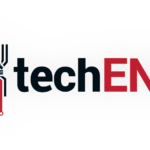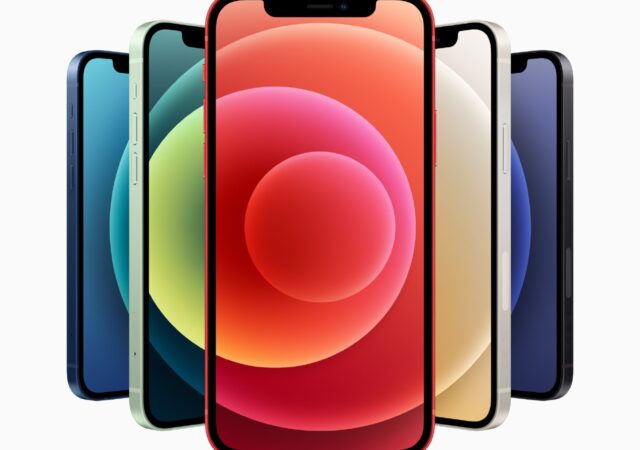Celcom makes the MCO a little more bearable with a double happiness offer at MYR188 and 88GB of free internet quota for their subscribers.
Apple Launches the Apple iPhone 12 and the iPhone 12 Pro Line-up starting from MYR 3,899
Apple just launched their Apple iPhone 12 and iPhone 12 Pro line-up. The new smartphones does not come with a charger or earphone in the box.




